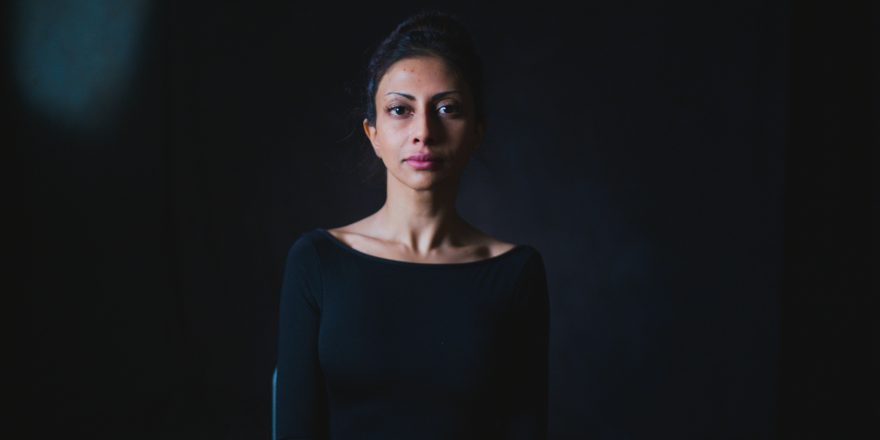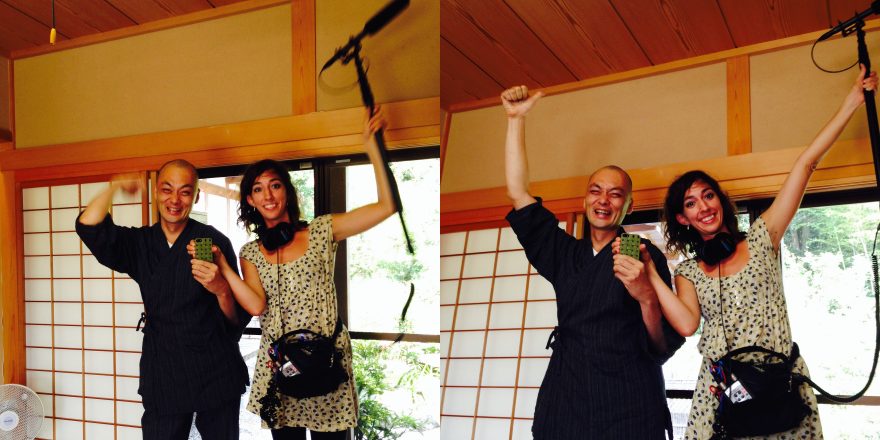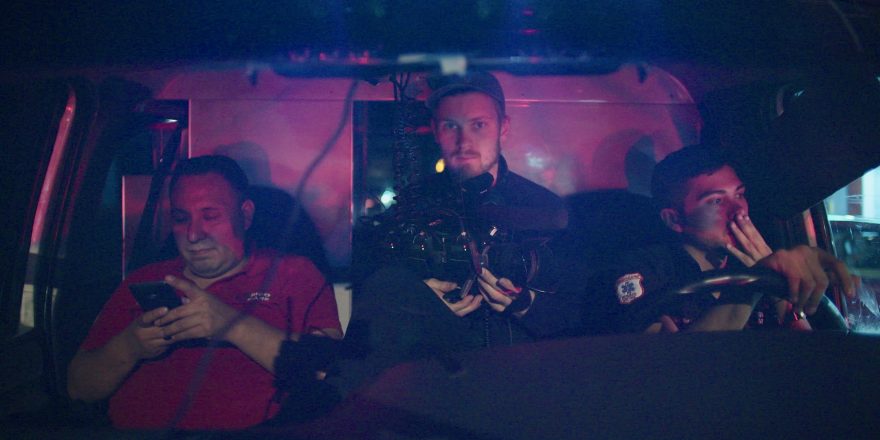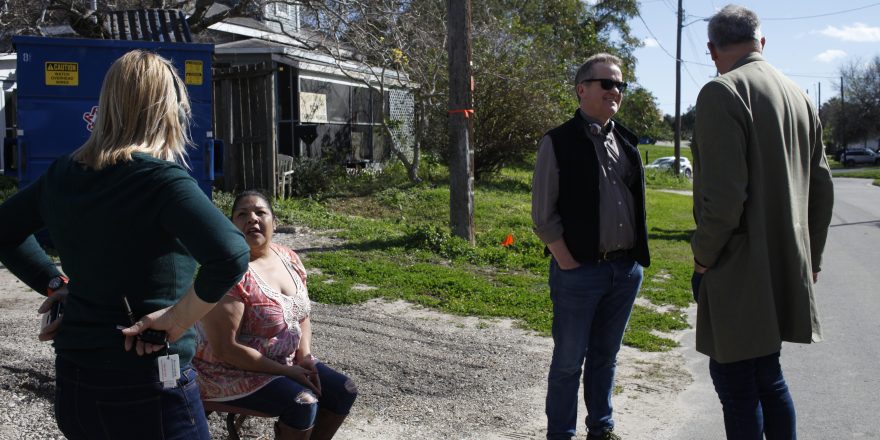Making my 2010 documentary, Joan Rivers: A Piece of Work, began as a spontaneous thing because Joan and my parents had become friends in their 70s, so I had a relatively easy connection to Joan. My mom told me, “Every time I’m with Joan, something crazy happens. People love her. We were walking down the street and she saw police officers on the corner and told them, ‘Don’t leave, I’m coming back,’ then reappeared with slices of pie and coffee. You should really do a documentary about her.” My mom has discerning taste, so I took her seriously. The next day, I went to Joan’s apartment to see if she was going to be someone who would open up on camera, who would have a vulnerability and honesty and authenticity. I knew from the beginning those things were going to be crucial; everybody thought they already knew Joan Rivers. For me, it was all about getting below that public persona she’d created to see if there was something fresh and interesting and different from what people thought they knew about her and that would make a desirable protagonist of a feature documentary. I met with her not knowing how I would figure this out, but when she sat me in a chair and then she sat on a little stool below me, she seemed so approachable and so vulnerable. She was this little woman looking up at me, and I really felt the openness you see in the film, this vulnerability, this real person who was not at all the harsh, raunchy comedic character she’d created. In that moment, I thought, “I like her. And I think there’s a side to her that hasn’t been seen that’s interesting.”
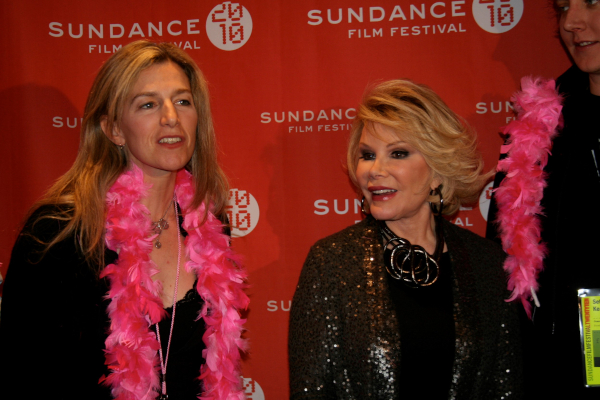
I’m always looking for the truth in a documentary subject, because we can tell when someone’s putting on a false front. It’s not just that the audience isn’t going to like that person if they seem fake, but it’s that an audience can’t connect to a person unless there’s a truth to them and a vulnerability. I’ve embarked on documentary projects – about everything from a wrongful conviction to knuckleball pitchers – before I’m sure how deep the subject will go. Ultimately, I’m looking for that connection to people’s hopes and dreams and fears, which is something we don’t often put out into the world. But I think that’s what universalizes a character, because we can all connect to fighting for dreams and battling fears.
With most, if not all, of my previous feature documentaries that feature a main character, I have spent more than a year with those people, which allows for a natural relationship to build, a sense of trust. But with the subject of my new documentary, A Radical Life, Tania Joya – a former Islamic State jihadi who is now a counter-extremism activist – I had just two short periods of time to film with her, starting with four days at her home in Texas. She is a very interesting, complex person, and she’s not at all what you would expect of an extremist fighter because she’s stunning and very feminine. What drew me to her story is that she is so thoughtful and expressive about her journey into radicalization, but she had told her story so many times that I didn’t feel her connection to the emotion behind it, to the struggle behind it. She has a way of deflecting emotion through laughter, and for me, it was important to understand what was underneath her giggle, because no one embraces radicalization without a lot of struggle, without a sense of seeking something, needing to belong, feeling less than yourself, feeling isolated and wondering who you are. I knew there was a part of her that was attracted to this radical world because she was trying to figure out who she was. And that’s the part of the story I was interested in.
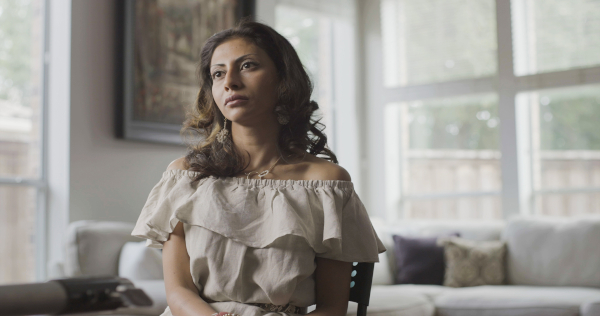
When we filmed at her home, I knew I needed eight to 10 hours per day with her to do these interviews, which was necessary so I could go back through her story and earn her trust. As time went on, I was able to go deeper into aspects of her story and ask open-ended questions that would push her to really self-reflect, to challenge her own version of her story and to go back into memory. Spending time with Tania was an emotional rollercoaster ride. We’d all start out fresh and polite, but by the end of the day, emotions ran high and were raw. It was clearly hard for Tania to go back over her story repeatedly and there was a moment where, after having me and my crew in her home for four days nonstop, Tania broke down, reflecting on her whole life and expressing a kind of sadness. She was in tears, walked away from the camera and was talking about how she felt like she had failed. We stopped and talked through her doubts and fears, acknowledging that we all have experienced those same feelings; this was the universal truth that connected us all to Tania’s story. It’s always a powerful moment when a subject of a documentary lets go of her or his public face and trusts in the process, sharing something profound and personal that ultimately an audience connects to.
As told to Nick Dawson by Ricki Stern. Featured image shows Tania Joya in Ricki Stern’s A Radical Life. (Photo courtesy discovery+.)



